#a solution to plastic pollution
Explore tagged Tumblr posts
Text
Even out in the open ocean, Laysan albatrosses like Makana can’t escape the effects of plastic pollution. These incredible seabirds often mistake floating plastic for food, with devastating consequences for themselves and their chicks.
That’s why Monterey Bay Aquarium is participating in the final meeting of the Global Plastics Treaty, which kicked off today. We’re advocating for a strong treaty to protect wildlife, our health, and the future of our planet.
#monterey bay aquarium#global plastics treaty#INC5#lets turn off the plastic tap#a solution to plastic pollution
2K notes
·
View notes
Text
#good news#nature#science#environmentalism#environment#microplastics#plastic#plastic pollution#plastic pollution solutions
1K notes
·
View notes
Text
Hey Guys!
Please read this it isn't long. It's literally just memes:
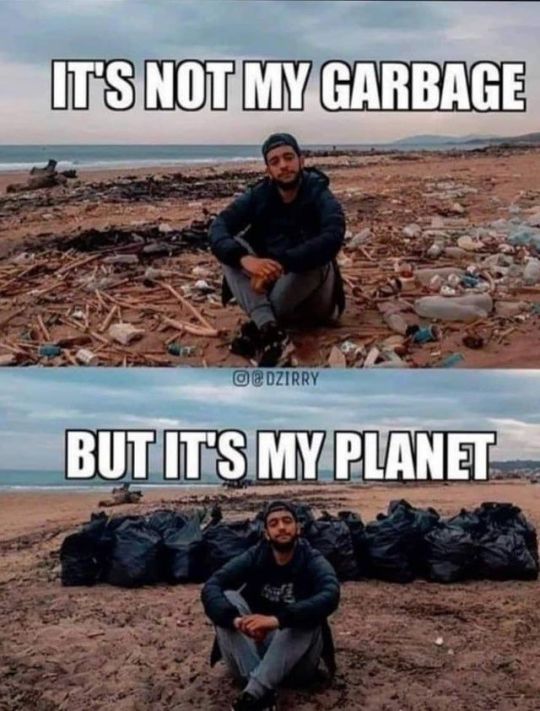



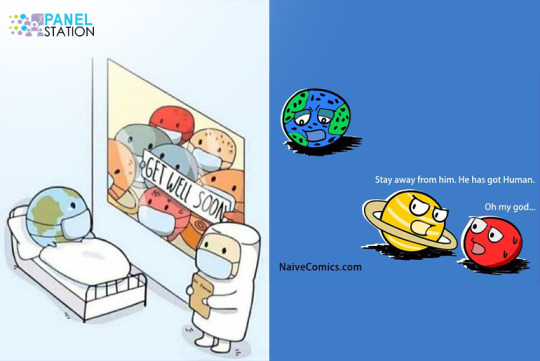

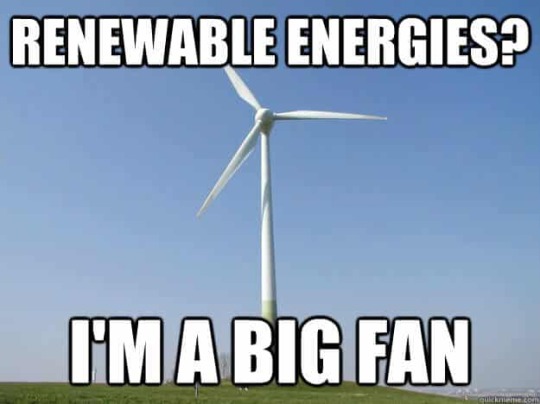
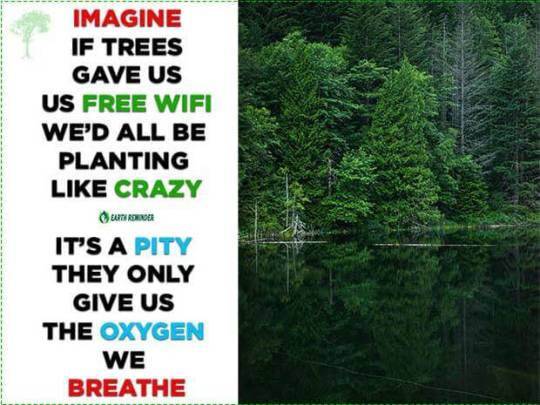
REBLOG, SPREAD AWARENESS, AND HELP SAVE THE EARTH!!!
#save our future#save the earth#clean our oceans#keep the sea plastic free#stop pollution#stop pollution be the solution#change starts with us#we only have one planet#heal the world
6 notes
·
View notes
Text
https://www.weforum.org/agenda/2023/06/reduce-plastic-pollution-unep/
hello!! a bit of possibly missed good news and solution for the painful amount of bad news right now: a article about algae based biodegradable plastics! please remember to keep hope, and if anyone knows where to invest in/buy products of this plastic, i’d love to hear :]
keep hope friends 🧡
3 notes
·
View notes
Text
Unveiling the Secrets of Life Below Water: Goal 14 for a Sustainable Future
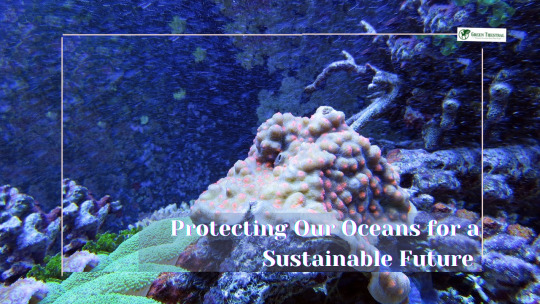
In our journey towards achieving a sustainable future, Goal 14 of the United Nations' Sustainable Development Goals (SDGs) plays a pivotal role. Life Below Water, as it is commonly referred to, focuses on the preservation and sustainable use of oceans, seas, and marine resources. With this goal, the international community aims to safeguard marine ecosystems, mitigate the impacts of human activities, and promote sustainable livelihoods for coastal communities. This article delves into the significance of Goal 14, explores the challenges faced, and highlights the initiatives that can help us ensure a healthier and more vibrant life below water.
Understanding the Importance of Goal 14
The Earth's oceans are vast and cover more than 70% of the planet's surface. They are teeming with life and harbor a remarkable diversity of species and ecosystems. From the mesmerizing coral reefs to the mysterious depths of the abyss, the oceans are a treasure trove of biodiversity, supporting millions of species, including plants, animals, and microorganisms.
Beyond their ecological significance, the oceans play a crucial role in regulating the Earth's climate. They act as a massive heat sink, absorbing a significant amount of the sun's energy and distributing it across the planet. Additionally, oceans play a vital role in the water cycle, facilitating the evaporation of water, which then falls as precipitation and sustains terrestrial ecosystems.
The oceans are not only important for the environment but also for human societies. They provide sustenance to millions of people around the world. Fishing, both for subsistence and commercial purposes, is a primary source of livelihood for coastal communities. The oceans also support economic activities such as tourism, shipping, and offshore industries, contributing significantly to global economies.
However, the delicate balance of marine ecosystems is under threat due to various human activities. Overfishing, driven by unsustainable practices and the demand for seafood, has led to the depletion of fish stocks worldwide. Large-scale industrial fishing, with destructive methods such as bottom trawling, threatens not only the targeted species but also the entire marine food web.
Marine pollution is another significant challenge faced by the oceans. Pollution from land-based sources, including plastic waste, chemicals, oil spills, and agricultural runoff, finds its way into the marine environment, causing severe harm to marine life and ecosystems. The accumulation of plastic debris in the oceans has reached alarming levels, forming giant garbage patches and causing entanglement and ingestion by marine organisms.
Habitat destruction and degradation are also taking a toll on marine ecosystems. Destructive practices such as coral reef destruction, coastal development, and the destruction of mangroves and seagrass beds result in the loss of critical habitats and the disruption of delicate ecological relationships. These habitats serve as nurseries and breeding grounds for many species, and their loss has far-reaching consequences for marine biodiversity.
Furthermore, climate change poses one of the most significant threats to life below water. Rising sea temperatures, ocean acidification, and sea-level rise are already impacting marine ecosystems. Corals, which are vital for the survival of countless marine species, are particularly vulnerable to rising temperatures and increased ocean acidity, leading to coral bleaching events and the degradation of coral reefs.
In recognition of the urgent need to protect and sustainably manage marine resources, Goal 14 of the United Nations' Sustainable Development Goals (SDGs) was established. Also known as Life Below Water, this goal aims to ensure the conservation and sustainable use of the oceans, seas, and marine resources for present and future generations.
Goal 14 encompasses various targets and indicators to guide efforts towards sustainable ocean management. One of the key focuses is the protection and restoration of coral reefs, which are among the most diverse and valuable ecosystems on Earth. Coral reefs provide habitat for numerous species, protect coastlines from erosion, and support vibrant tourism industries. By implementing measures to reduce coral bleaching, enhance reef resilience, and combat destructive practices, Goal 14 seeks to safeguard these vital ecosystems.
Another critical aspect of Goal 14 is the reduction of marine pollution. It calls for the prevention and significant reduction of marine debris, particularly plastic waste. Efforts are being made to promote better waste management systems, recycling and reusing plastics, and raising awareness about the detrimental effects of single-use plastics. Innovative technologies for ocean cleanup are also being developed to tackle existing pollution.
To address the issue of overfishing, Goal 14 emphasizes the need to restore fish stocks to sustainable levels. This involves implementing science-based management plans, combating illegal, unreported, and unregulated fishing, and promoting responsible fishing practices. Creating marine protected areas and adopting ecosystem-based management approaches can help protect critical habitats and ensure the long-term viability of fisheries.
Furthermore, Goal 14 acknowledges the urgent need to address ocean acidification, which poses a grave risk to marine organisms. By reducing carbon dioxide emissions and taking steps to enhance the resilience of marine ecosystems, such as protecting mangroves and seagrass beds, this goal aims to mitigate the impacts of ocean acidification and ensure the survival of vulnerable species.
Achieving Goal 14 requires a collaborative effort from governments, businesses, civil society organizations, and individuals worldwide. International cooperation is crucial to strengthen governance frameworks, regulate resource exploitation, combat illegal fishing, and promote sustainable practices. By taking collective action and embracing sustainable approaches, we can secure a healthier and more vibrant future for life below water.
Challenges and Threats to Life Below Water
The life below water faces a multitude of challenges that require immediate attention and concerted efforts. Overfishing, driven by unsustainable practices and illegal, unreported, and unregulated fishing, has led to a decline in fish stocks worldwide. The loss of biodiversity affects not only marine ecosystems but also the communities that depend on them for food security and economic opportunities.
Marine pollution poses another significant threat. Plastic waste, chemicals, oil spills, and other pollutants contaminate the oceans, harming marine life and ecosystems. The accumulation of plastic debris, in particular, has gained global attention due to its devastating impact on marine organisms and the potential consequences for human health through the food chain.
Ocean acidification, caused by the absorption of excess carbon dioxide from the atmosphere, poses a grave risk to marine organisms such as corals, shellfish, and plankton. Acidic waters can hinder the growth and survival of these organisms, disrupting the entire marine food web and impacting the livelihoods of coastal communities.
Initiatives and Solutions for a Sustainable Life Below Water
Achieving Goal 14 requires a comprehensive approach involving governments, businesses, civil society, and individuals. Several initiatives and solutions have emerged to address the challenges faced by life below water:
Sustainable Fisheries Management: Implementing science-based management plans, promoting responsible fishing practices, and combating illegal fishing are crucial steps towards replenishing fish stocks and ensuring the long-term sustainability of fisheries. Tools like marine protected areas and ecosystem-based management help preserve critical habitats and protect biodiversity.
Marine Pollution Prevention: Reducing plastic pollution and other sources of marine debris is vital. This can be achieved through improved waste management systems, recycling and reusing plastics, and raising awareness about the consequences of single-use plastics. Additionally, promoting the use of biodegradable alternatives and supporting innovative technologies for ocean cleanup can help mitigate the impact of existing pollution.
Climate Change Mitigation and Adaptation: Addressing climate change is fundamental to preserving life below water. Transitioning to renewable energy sources, reducing greenhouse gas emissions, and promoting sustainable coastal development are essential steps in mitigating the impacts of climate change on marine ecosystems. Additionally, enhancing the resilience of coastal communities through measures such as mangrove restoration, coastal protection, and sustainable tourism can aid adaptation efforts.
International Cooperation and Governance: Collaboration among nations is crucial for the effective implementation of Goal 14. Strengthening international frameworks, such as the United Nations Convention on the Law of the Sea (UNCLOS), and promoting regional cooperation can help combat illegal fishing, regulate resource exploitation, and ensure the sustainable use of marine resources.
Conclusion
Preserving life below water is not only crucial for the health of our oceans but also for the overall well-being of our planet. Goal 14 provides a roadmap for sustainable ocean management, aiming to conserve marine biodiversity, mitigate pollution, and promote the sustainable use of marine resources. By taking action at individual, local, and global levels, we can make a significant difference in ensuring a healthier and more vibrant future for life below water. Let us join hands and work together to safeguard the oceans for generations to come.
#Sustainable management of marine resources#Conserving marine biodiversity#Protecting coral reefs and marine ecosystems#Sustainable fishing practices for life below water#Reducing marine pollution for a healthier ocean#Restoring fish stocks for sustainable fisheries#Addressing the threats of overfishing#Combating illegal fishing activities#Preserving the delicate balance of marine ecosystems#Tackling plastic pollution in the oceans#Solutions for ocean acidification#Climate change impact on life below water#Sustainable tourism and the oceans#Promoting responsible coastal development#Achieving United Nations' Goal 14 for a sustainable future#Enhancing resilience of coastal communities#Sustainable livelihoods for coastal populations#Importance of ocean conservation and sustainability#Preserving marine habitats and species diversity#Ecosystem-based management for marine resources#Strengthening international cooperation for Goal 14#Achieving sustainable development through Goal 14#Role of marine protected areas in conservation#Long-term viability of marine ecosystems#Promoting sustainable shipping practices#Economic benefits of sustainable ocean management#Balancing human activities with marine conservation#The significance of Goal 14 in the SDGs#Ensuring a vibrant future for life below water#Global initiatives for the protection of marine environments
2 notes
·
View notes
Text
The Growth of the Biodegradable Mulch Film Market: Sustainable Solutions for Agriculture
The global biodegradable mulch film market is set to experience significant growth, expanding from USD 51.5 billion in 2024 to USD 98.9 billion by 2032, advancing at a compound annual growth rate (CAGR) of 8.7%. This growth is driven by the increasing demand for sustainable agricultural solutions, growing environmental concerns about plastic pollution, and the need to improve food security amid a…

View On WordPress
#biodegradable mulch films#crop yield enhancement#eco-friendly farming solutions#environmental pollution#plastic pollution#starch-based mulch films#sustainable agriculture#sustainable farming#weed control
0 notes
Text
youtube
#fashion#recycling#plastic pollution#greenwashing#sustainability#waste#vegan leather#environment#animal habitat#consumerism#fast fashion#solutions#social media#educating#changed behavior#synthetic clothes#thrifting#minimalism#skeletoninmycloset#secondhand clothing#vestiaire collective#video#Youtube
0 notes
Text
India's rising plastic pollution crisis is a major environmental threat, with the country becoming the largest global contributor to plastic waste. Learn about its causes, impact, and solutions to reduce plastic pollution.
#India plastic pollution#largest plastic polluter#environmental crisis India#plastic waste#India plastic ban#plastic pollution solutions#TheJuniorAge#KidsNewspaper#ChildrenNewspaper#Newspaper For Kids#Newspaper For Children#KidsNewspaperIndia
0 notes
Text
Reuse & Refill: Solving the plastic crisis in the Philippines
Imagine a bustling Filipino market, where the stalls are brimming with fresh produce and vendors call out prices in a lively chorus, but what’s noticeably missing in this scene is the crinkle of plastic packaging. Instead, shoppers carry reusable bayongs, reminiscent of a time when environmental responsibility was simply a way of life. This glimpse into a sustainable future isn’t just wishful…
#circular economy#eco-friendly shopping#environmental sustainability#Filipino market culture#plastic pollution#plastic-free lifestyle#press release#refill stations Philippines#reuse and refill#sustainable marketplace#zero-waste solutions
0 notes
Text
Socks, food, and the ocean—they all have one thing in common: microplastics.
To tackle the microplastic pollution problem, researchers and policy experts from the Aquarium and @mbari-blog created an open-source library dedicated to helping researchers trace these tiny culprits back to their source. Check out the webcomic below to learn more!
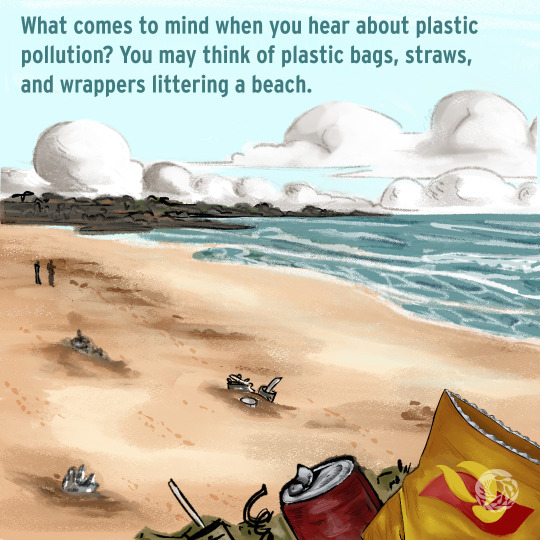
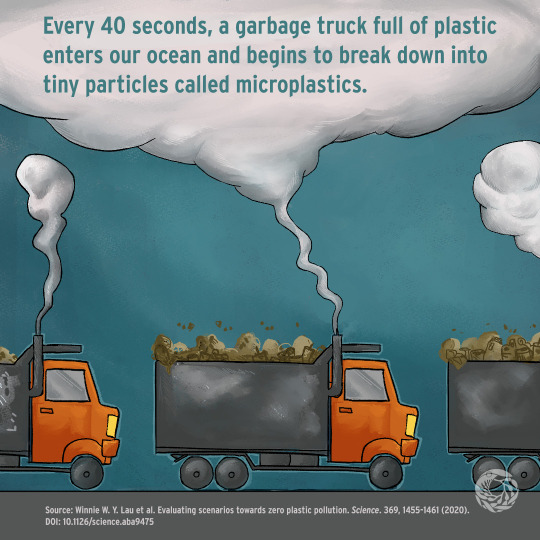
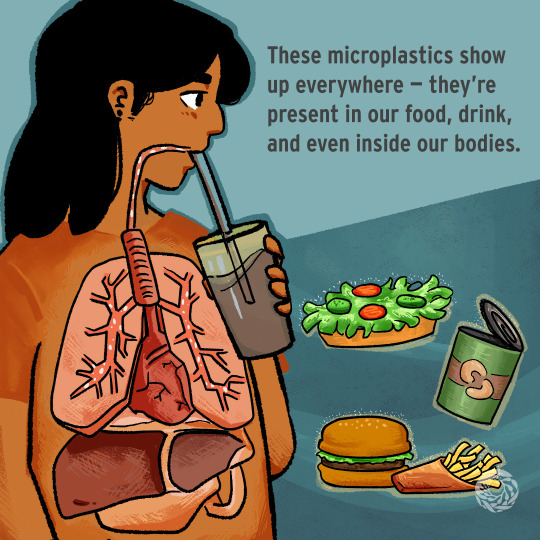

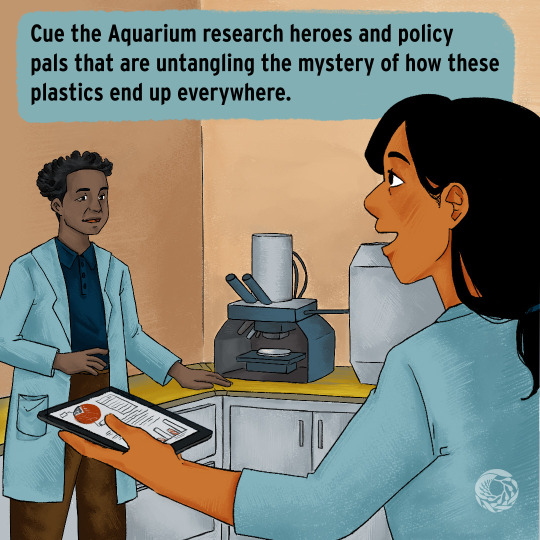
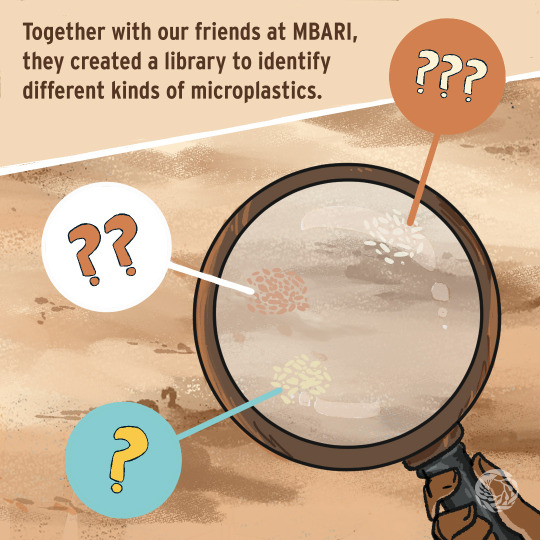
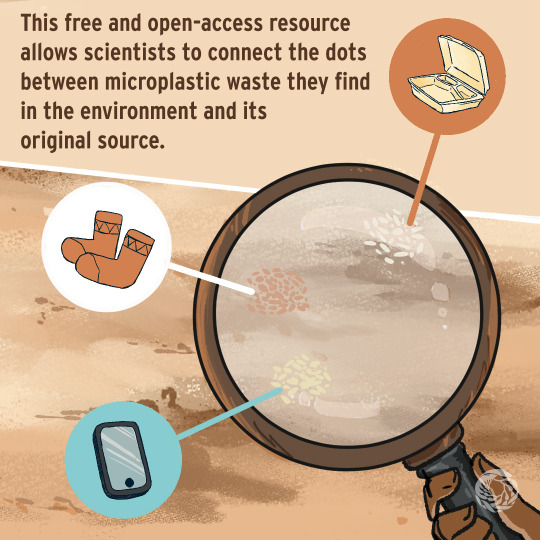
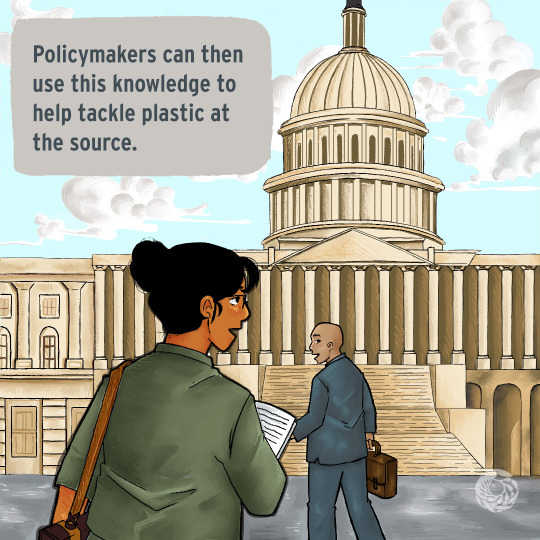

You can read more about the library on our website. Together we can take down plastic pollution! 💙🌍
#monterey bay aquarium#open source innovation sensation#journey to the solution to plastic pollution
4K notes
·
View notes
Text
https://news.ku.dk/all_news/2024/06/researchers-invent-one-hundred-percent-biodegradable-barley-plastic/

From the article; Enormous islands of it float in our oceans and microscopic particles of it are in our bodies. The durability, malleability and low cost of plastics has made them ubiquitous, from packaging to clothing to aircraft parts. But plastics have a downside. Plastics contaminate nature, are tough to recycle and their production emits more CO2 than all air traffic combined.
Now, researchers at the University of Copenhagen’s Department of Plant and Environmental Sciences have invented a new material made from modified starch that can completely decompose in nature – and do so within only two months. The material is made using natural plant material from crops and could be used for food packaging, among many other things.
"We have an enormous problem with our plastic waste that recycling seems incapable of solving. Therefore, we’ve developed a new type of bioplastic that is stronger and can better withstand water than current bioplastics. At the same time, our material is one hundred percent biodegradable and can be converted into compost by microorganisms if it ends up somewhere other than a bin," says Professor Andreas Blennow of the Department of Plant and Environmental Sciences.
Only about nine percent of plastic is recycled globally, with the rest being either incinerated or winding up in nature or dumped into enormous plastic landfills.
Bioplastics already exist, but the name is misleading says Professor Blennow. While today’s bioplastics are made of bio-derived materials, only a limited part of them is actually degradable, and only under special conditions in industrial composting plants.
"I don't find the name suitable because the most common types of bioplastics don't break down that easily if tossed into nature. The process can take many years and some of it continues to pollute as microplastic. Specialized facilities are needed to break down bioplastics. And even then, a very limited part of them can be recycled, with the rest ending up as waste," says the researcher.
Starch from barley and sugar industry waste
The new material is a so-called biocomposite and composed of several different substances that decompose naturally. Its main ingredients, amylose and cellulose, are common across the plant kingdom. Amylose is extracted from many crops including corn, potatoes, wheat and barley.
Together with researchers from Aarhus University, the research team founded a spinoff company in which they developed a barley variety that produces pure amylose in its kernels. This new variety is important because pure amylose is far less likely to turn into a paste when it interacts with water compared to regular starch. Cellulose is a carbohydrate found in all plants and we know it from cotton and linen fibers, as well as from wood and paper products. The cellulose used by the researchers is a so-called nanocellulose made from local sugar industry waste. And these nanocellulose fibers, which are one thousand times smaller than the fibers of linen and cotton, are what contribute to the material’s mechanical strength.
"Amylose and cellulose form long, strong molecular chains. Combining them has allowed us to create a durable, flexible material that has the potential to be used for shopping bags and the packaging of goods that we now wrap in plastic," says Andreas Blennow.
The new biomaterial is produced by either dissolving the raw materials in water and mixing them together or by heating them under pressure. By doing so, small 'pellets' or chips are created that can then be processed and compressed into a desired form.
Thus far, the researchers have only produced prototypes in the laboratory. But according to Professor Blennow, getting production started in Denmark and many other places in the world would be relatively easy.
"The entire production chain of amylose-rich starch already exists. Indeed, millions of tons of pure potato and corn starch are produced every year and used by the food industry and elsewhere. Therefore, easy access to the majority of our ingredients is guaranteed for the large-scale production of this material," he says.
Could reduce plastic problem
Andreas Blennow and his fellow researchers are now processing a patent application that, once it has been approved, could pave the way for production of the new biocomposite material. Because, despite the huge sums of money being devoted to sorting and recycling our plastic, the researcher does not believe that it will really be a success. Doing so should be seen as a transitional technology until we bid fossil-based plastics a final farewell.
"Recycling plastic efficiently is anything but straightforward. Different things in plastics must be separated from each other and there are major differences between plastic types, meaning that the process must be done in a safe way so that no contaminants end up in the recycled plastic. At the same time, countries and consumers must sort their plastic. This is a massive task that I don’t see us succeeding at. Instead, we should rethink things in terms of utilizing new materials that perform like plastic, but don’t pollute the planet," says Blennow.
The researcher is already collaborating with two Danish packaging companies to develop prototypes for food packaging, among other things. He envisions many other uses for the material as well, such as for the interior trims of cars by the automotive industry. Though it is difficult to say when this biofriendly barley-based plastic will reach the shelves, the researcher predicts that the new material may become a reality in the foreseeable future.
“It's quite close to the point where we can really start producing prototypes in collaboration with our research team and companies. I think it's realistic that different prototypes in soft and hard packaging, such as trays, bottles and bags, will be developed within one to five years," concludes Andreas Blennow.
#good news#plastics#plastic pollution#plastic pollution solutions#environmentalism#science#environment#microplastics#bioplastics#recycling#plastic recycling#sustainability
63 notes
·
View notes
Text
#Environmental Impact#Environmental Pollution#facts#Human Health Risks#Microplastics#Plastic Production Trends#Plastics and Health#Pollution Crisis#Recycling#serious#straight forward#Sustainable Solutions#Toxic Chemicals#truth#upfront#website
0 notes
Text
#science#science communication#scicomm#stem#science education#science blog#biology#environmental science#climate news#climate change#climate crisis#climate action#climate justice#climate solutions#plastic pollution
0 notes
Text
Revolutionizing Sustainability: The Era of Biodegradable Plastic
In a world grappling with environmental crises, the rise of biodegradable plastic heralds a new dawn for sustainability. With its eco-friendly composition and innovative properties, biodegradable plastic offers a viable solution to the detrimental effects of traditional plastics on our planet.
Understanding Biodegradable Plastic: A Breakthrough in Green Technology
Biodegradable plastic, unlike its conventional counterpart, possesses the remarkable ability to decompose naturally when exposed to environmental conditions. Derived from renewable sources such as corn starch, vegetable oil, or pea starch, this revolutionary material mitigates the persistent pollution caused by traditional plastics.
The Environmental Impact of Traditional Plastics: A Looming Crisis
Traditional plastics, notorious for their non-biodegradable nature, inflict irreversible harm on ecosystems worldwide. From clogging waterways to endangering marine life, the detrimental effects of plastic pollution are undeniable. However, the advent of biodegradable plastic offers a glimmer of hope in combating this pressing environmental threat.
Advantages of Biodegradable Plastic Over Conventional Plastics
Environmental Friendliness: Biodegradable plastic undergoes decomposition through natural processes, significantly reducing its environmental footprint compared to conventional plastics.
Renewable Sources: Unlike fossil fuel-based plastics, biodegradable plastic is sourced from renewable materials, ensuring sustainability and reducing reliance on finite resources.
Reduced Pollution: By breaking down into harmless compounds, biodegradable plastic minimizes pollution and mitigates the adverse impact on ecosystems and wildlife.
Applications of Biodegradable Plastic: From Packaging to Fashion
The versatility of biodegradable plastic extends across various industries, revolutionizing traditional practices with sustainable alternatives.
Packaging Solutions: Biodegradable plastic offers a viable alternative to conventional packaging materials, reducing waste and fostering eco-conscious consumerism.
Textile Industry: With the emergence of biodegradable fabrics, such as PLA-based textiles, the fashion industry embraces sustainable practices while reducing its carbon footprint.
Food Service: Biodegradable utensils and food packaging enable establishments to prioritize sustainability without compromising on functionality or hygiene.
Challenges and Future Outlook
While the potential of biodegradable plastic is undeniable, challenges persist in scaling up production and overcoming cost barriers. However, ongoing research and technological advancements hold promise for addressing these hurdles, paving the way for widespread adoption and a more sustainable future.
Conclusion: Embracing the Green Revolution
In conclusion, the advent of biodegradable plastic marks a pivotal moment in the quest for environmental sustainability. By embracing innovative solutions and transitioning towards eco-friendly alternatives, we can mitigate the detrimental impact of plastic pollution and safeguard the planet for future generations. Together, let us champion the green revolution and pave the way for a cleaner, greener tomorrow.
#biodegradable plastic#market#sustainability#eco-friendly#renewable sources#environmental impact#packaging solutions#textile industry#food service#green technology#pollution mitigation#sustainable future
0 notes
Text
Ok so to be clear it's ok to get pleather because no ethical consumption under capitalism but not to get leather because no ethical consumption over capitalism?
like the reason people piled onto the previous polls wasn't (just) a sense of superiority because pleather is plastic. it was specifically because the submitted question was 'denim or leather' and in posting that you took the explicit stance 'denim or not leather, I won't give you the option of leather because leather is morally bad, it's denim or pleather'
like you were the one making the original assertion that there's a superior form of consumerism. people in the notes are not actually mad that someone would buy pleather, they're mad about pleather being held up as more ethical and sustainable than leather.
both the original poll and the followup poll heavily implied that people were Bad for wanting leather. you can't now turn around and go 'oh they're both equally bad and you all need to stop attaching moral judgements to this question'.
You said that (and doubled down on) buying pleather is morally superior to buying leather. YOU put the moral judgement there. you can't get on your high horse about it now.
#red said#this might have been a mistake if you'd only posted the first poll. by the time you've posted the second you've committed#to digging your heels in on the belief that an imaginary not-plastic fake leather is the only morally conscionable option#you are of the opinion that there is an ethical red line where it's fine to use plastics and not fine to use animal products#ok. and that's a fine opinion to have. but it is an opinion that your consumerism is morally superior to others#as people in the notes have said. the denim is probably plastic too. pressed leather and Genuine Leather is also plastic.#real whole leather is harder to come by and current industrial production does use some serious pollutants#but people aren't SAYING that their consumerism is better than other people's out of the blue#they're saying that leather isn't WORSE than pleather and giving reasons. like that leather lasts decades so you have to make fewer jackets.#or that leather is a byproduct of another industrial process so reduces waste#but the reason they're doing that. is not an out of the blue desire to assert moral sorority.#it's because your post SAID PLEATHER WAS BETTER THAN LEATHER. (also i mean my objection was that you insisted they were interchangeable but)#and it's also because people often smugly assert that fake leathers are the Only Ethical Solution as if it's a closed question#as if the only reason people would use leather not fake leather is because they're not Ethical Enough to use vegan products#even though they're totally different fabrics with different properties and there are many ethical reasons to prioritise leather#again. nobody would have minded if you'd added a pleather option to the poll. the problem is asserting that leather is Not A Moral Option#so we're taking it off the table#are there ethical and environmental issues with all industrial fabric production? yes. including leather? yes.#but YOU'RE the one who's making the assertion that there's a morally superior consumer option and a morally unacceptable one
296 notes
·
View notes
Text
Solvent-based Plastic Recycling Market Assessment and Projections
The global solvent-based plastic recycling market size is expected to reach USD 965.10 million by 2030. Growing consumption of plastics has resulted in growing plastic waste which because of improper plastic waste management has become a global crisis. Solvent-based recycling of plastic waste is one of the innovative ways to solve this crisis. To remove impurities a selective solvent dissolution process is used to recover plastics of minimum standards suitable for reuse.
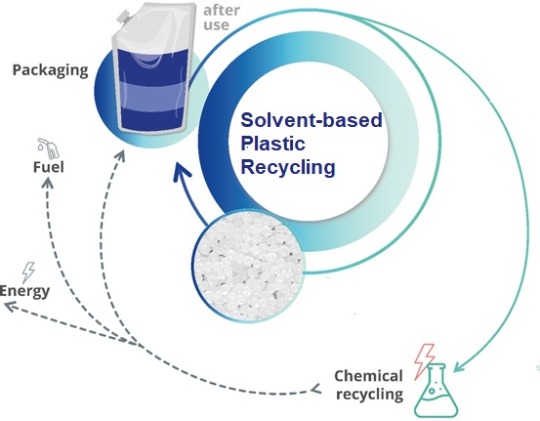
Gain deeper insights on the market and receive your free copy with TOC now @: Solvent-based Plastic Recycling Market Report
Solvent-based processes can be useful in recycling plastics that are currently non-recyclable. Multilayer plastic materials are being used in many applications like electrical and electronic industries, and food and medical packaging. Globally about 100 million tons of multilayer plastics containing as many as twelve layers of varying polymers are produced each year. As recycling multilayer plastics is difficult almost all of that plastic ends up in landfills or incinerators. Solvent-based recycling can help solve this crisis by recycling multilayer plastics.
Some of the major companies in the solved-based recycling industry include Proctor & Gamble, APK AG, and Fraunhofer. Companies are resorting to collaborations and establishing new recycling plants to capture the market. For example, In August 2021, PureCycle Technologies signed an agreement with SK Global Chemical to set up a polypropylene (PP) recycling plant in South Korea. Also, major universities are actively researching to find novel methods of solvent recycling.
For example, scientists at the University of Wisconsin–Madison (UW-Madison) have discovered a method called Solvent-Targeted Recovery and Precipitation (STRAP) processing for extracting the plastics in multilayer plastics using solvents. In this process, polymers in a commercial multilayer plastic such as polyethylene, polyethylene terephthalate (PET), and ethylene vinyl alcohol by using a sequence of solvent washes.
#Plastic Recycling#Circular Economy#Sustainable Plastics#Plastic Waste#Recycling Solutions#Green Technology#Plastic Management#Waste Reduction#EcoFriendly#Recycled Plastics#Plastic Innovation#Waste Management#Plastic Pollution#Circular Plastics#Waste To Value#Plastic Recovery#Plastic Reuse#Plastic Reprocessing#Plastic Revolution
1 note
·
View note